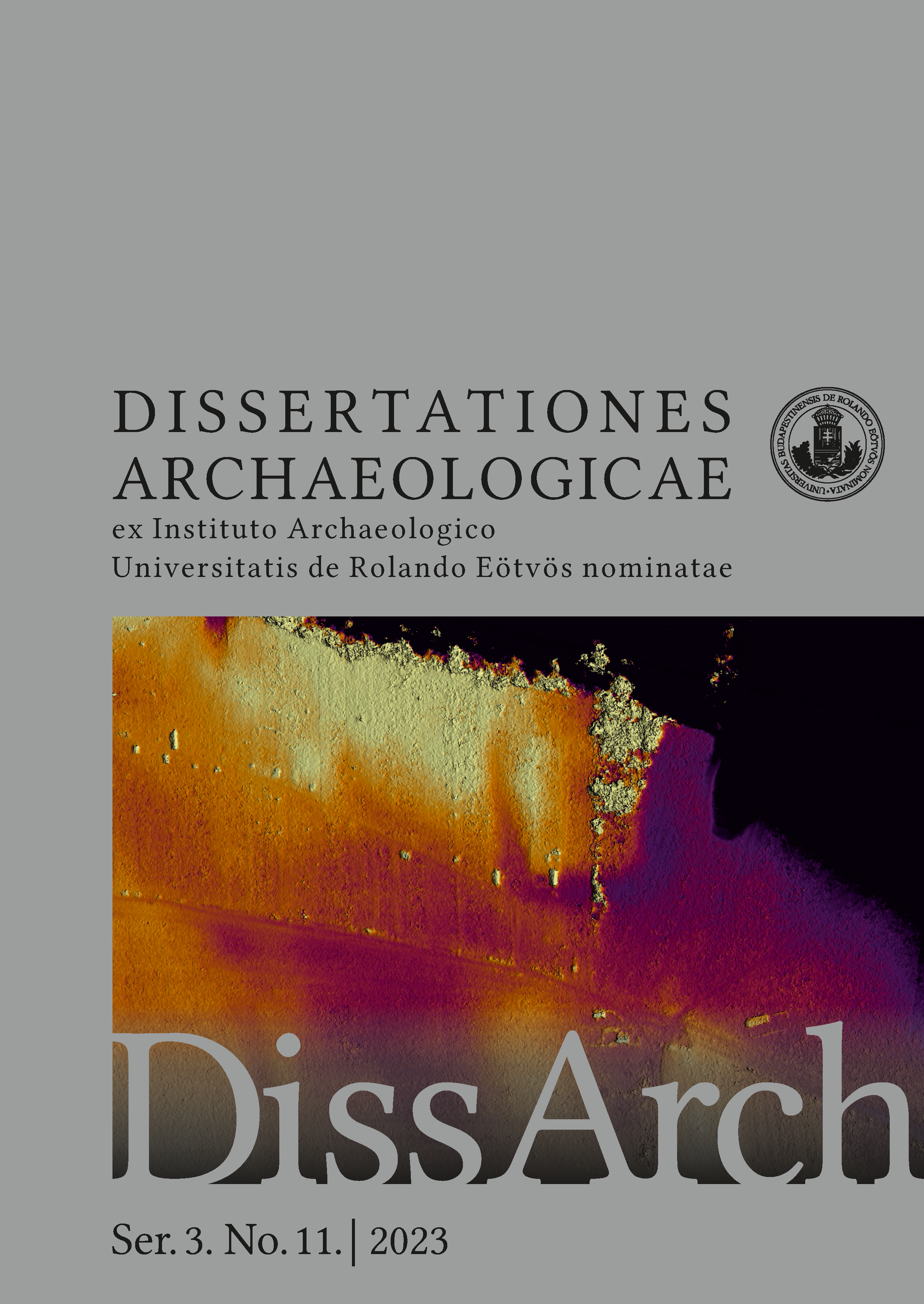Published 2024-03-26
Keywords
- archaeobotany, cave, Neolithic, Bronze Age
How to Cite
Abstract
The Baradla Cave is located in the Aggtelek Karst Region in Northern Hungary; it is one of the oldest known prehistoric sites in the country. The first excavations there in 1876–1877 are considered a milestone in Hungarian archaeology, and the research involved the first archaeobotanical analyses in Hungary. Although the cave was used in many periods with varied intensity, the vast majority of the artefacts are dated to the Middle Neolithic, while the Late Bronze Age represents a smaller but still significant portion of the archaeological record. The latest rescue excavation was carried out in 2019 in the Róka-ág [Róka branch] of the cave by a team from the Institute of Archaeological Sciences of the Eötvös Loránd University. This paper presents the preliminary results obtained from the archaeobotanical analyses of the macro-remains recovered from the soil samples collected during this excavation. The charred remains were badly preserved, but it was possible to identify, among other seeds, emmer, barley, pea, and lentil. The uncertain dating of the samples further complicated the interpretation of the archaeobotanical finds.


